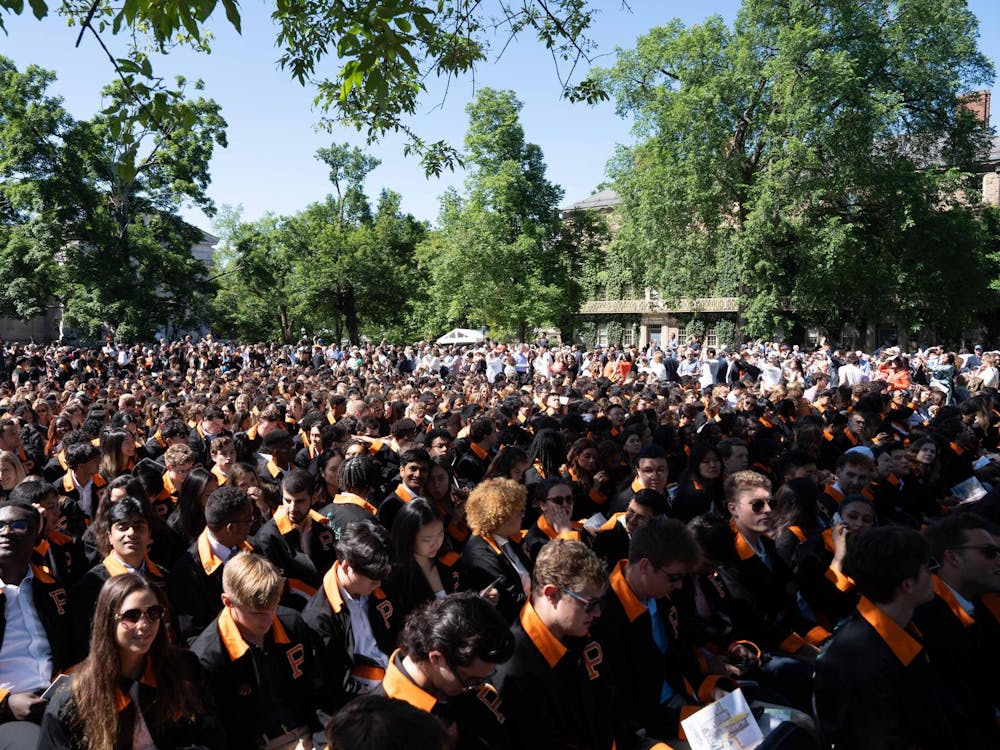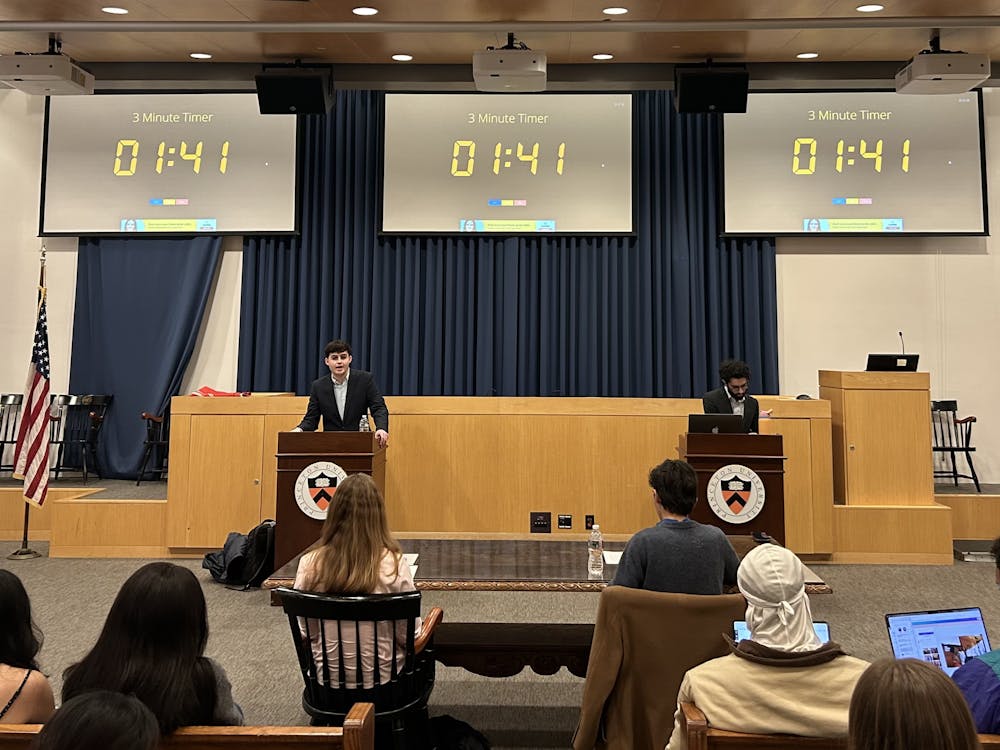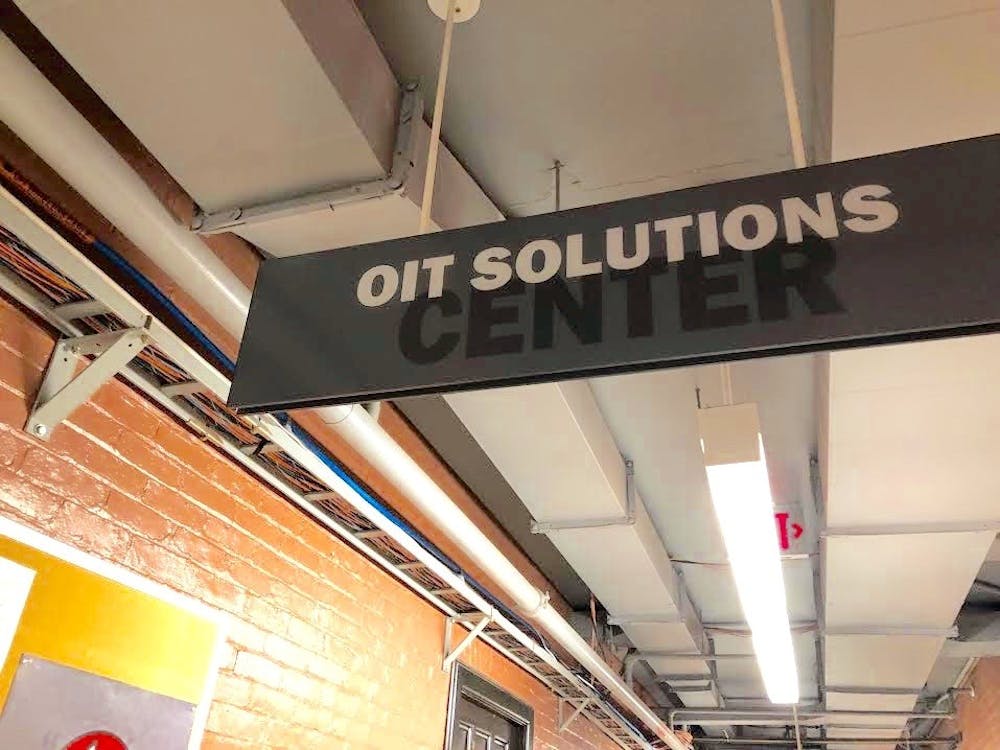Last week, scientists revealed they have successfully cloned an endangered Asian gaur — a stocky ox-like animal with a humped back. Such a technological breakthrough provides confidence that we will soon have the endangered species problem under control.
Or does it?
Though Princeton's burgeoning squirrel and deer populations seem to indicate otherwise, species extinction is a grave problem in most parts of the world. Species are imperiled by myriad causes, but the four main perpetrators are habitat destruction and alteration, exotic or invasive species, overhunting and pollution. The gravest threat is the loss of physical habitat: The clearing or large-scale alteration of the land threatens species by removing food sources, nesting opportunities or refuges from predators. The next most pervasive issue, which frequently acts in conjunction with the first, is invasive species: Organisms new to a habitat adversely affect native organisms by preying upon them, competing with them for food or changing the dynamics of the entire ecosystem. The two most intuitive dangers — pollution and overhunting — are relatively smalltime crooks in this grand larceny of life.
The same scientists who cloned the gaur — a group at Advanced Cell Technology in Worcester, Mass. — already have plans to clone giant pandas and an extinct Spanish mountain goat.
But will successful cloning bring pandas back from the edge of extinction? Unforunately not.
Pandas are severely threatened by alteration and fragmentation of their natural habitat. This fragmentation prohibits emigration from bamboo patches when the vegetation suffers "die-backs," which occur every few decades. Though there are still 600 to 1,000 wild pandas alive today, it's a good bet that the only giant pandas that will make it into the 22nd century will do so "behind bars" (in zoos). Unless we rapidly restore large tracts of their natural habitat, giant pandas are doomed.
Some people will argue that pandas are not extinct until the last individual — wild or captive — is dead. But representation in zoos does not substitute for a natural existence. Nor does it satisfy future generations — some of whom will certainly wish to see the magnificent animals in their native habitats. And a life of captivity is certainly not the best solution for the pandas themselves.
The scientists responsible for the cloning did not claim that their technology would single-handedly solve the biodiversity crisis. And unless the gaur —"Noah" — suffers species confusion from being birthed by a domestic cow, his addition will certainly be a small help in the attempt to stave off extinction.

But before we throw our money into technological solutions, we should consider the opportunity costs. While the funds for such efforts come from biotechnology firms — who benefit from flashy stunts such as cloning — environmentalists will take all that they can get. But the moment governments start investing precious conservation dollars into these techno-fixes, environmentalists will go up in arms. They already know how to protect endangered species. For the cost of one gaur clone — this involved a team of scientists creating 81 embryos and transferring them into 32 domestic cows — the Nature Conservancy could buy enough land to save dozens of gaur, and plenty of other species, too.
There's another risk involved in cloning. Even the public perception that technology might solve the extinction problem ("techno-optimism") threatens the ability of conservationists to marshall funds for habitat preservation and other old-fashioned conservation efforts. As biological as it sounds, extinction is largely a social problem. Social problems demand social solutions, nothing less.
Systems scientists came to this realization nearly three decades ago, with the model "World3." In 1972, Donella Meadows and coworkers created a computer-based model of the world, and discovered that the human population was bound to dramatically overrun its resource base no matter how much we invested in technological solutions. Crucially, also limiting human population growth failed to avoid this "crash." Per capita consumption tends to spiral out of control and can deplete resources on its own. Without tackling all causes of the crisis, we are powerless to avert disaster.
The same logic applies to biodiversity preservation. Cloning, like captive breeding, is a band-aid solution. If we want to preserve the biological legacy we inherited, we must fundamentally change how we live our lives. Kai M.A. Chan is a graduate student in the ecology and evolutionary biology department from Toronto, Ontario. He can be reached at kaichan@eno.princeton.edu.








